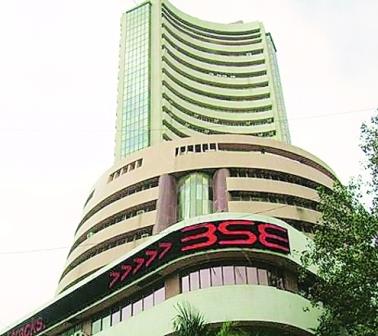Israel–Hamas war: When the Israel–Hamas conflict started on 7th Oct, Saturday, a kneejerk reaction was feared on the Monday opening; but both the global and Indian markets experienced a mild shift. However, the Indian market recovered from the sluggish start during the week, surpassing the closing mark of the preceding Friday on October 6th, with a positive trajectory. This resurgence can be attributed to the growing agreement that the conflict is effectively contained and not likely to extend beyond local boundaries.
Extensive international support and the inherent strength of the Israel military held a tight command over the situation. Amidst this period, the Indian market surged in anticipation of a promising start to the Q2 earnings, whereas the global market signalled a moderation in bond yields. However, the release of higher-than-anticipated US inflation data and resulting increase in Treasury yields marginally offset some of the positivity by the end of the first week of the war. However, the market moved to the weekend believed to be safe and sound.
Imapct on global market
But the outset of the second week proved challenging, as the complexities of the war & ground operations became more evident, and the start of Q2 results were subdued, particularly in the IT and banking sectors. The rising Middle East risk (hospital bombing issue) fuelled selling in the market. Persistent geopolitical tensions weighed heavily on market sentiment, leading to an overall decline. Oil prices moved higher, UK Brent price crossed 93$ by Friday evening, up from 83.47$ closing on 6th Oct, a big factor for heavy importers of crude like India.

Similarly, the US bond yields were cautiously placed high ahead of the Thursday US Fed chair’s speech. And it continued to stay put post the speech, which instigated the possibility of a rate hike in the future, depending on economic data, and to reduce the level of liquidity in the financial market to sustain high interest rates in the economy. Ending the week at 4.95%, these figures resembled levels witnessed before the 2008 global crisis.
However, it is worth mentioning that the bond yield is expected to reach its peak in the upcoming quarters. Due to a sharp fall in inflation, US CPI monthly stands at 3.7% Sept 2023, down by 400bps from 7.7% in Oct 2022. Global central banks are currently coordinating efforts to decelerate economy and raise interest rates by managing banking liquidity. Consequently, the high bond yields may persist above the long-term trend in the short to medium term.
Regarding the Middle East conflict, today it is forecast to be a short-term hiccup as war is forecast to be unsustainable in the long-term, given the far stretched differences between the strength of both parties. However, the Israel strategy to hold a long military ambush into Gaza and destroy the Hamas infrastructure will edge the geopolitical risk in the region and crude prices.
Conclusion
Putting aside the likely short- and medium-term impact of war on the stock market, it is pertinent to note that despite potential volatility, there is a growing trend of bargain hunting in anticipation of the festival-driven demand in India and the promising Q2 results. As the earnings season gets in full swing, bottom-up approach buying is seen and expected to continue. Net selling by FIIs during Sept to 18th Oct is ₹27,220 cr and easily supplemented by net buying by DIIs of ₹33,428cr. And till date, Nifty100 index is up by 13% in FY24, below to the 20 to 25% earnings growth being forecast for large caps stocks. The opportunity would be to grab large caps as the best performer in the coming medium-term.
First published in Mint










